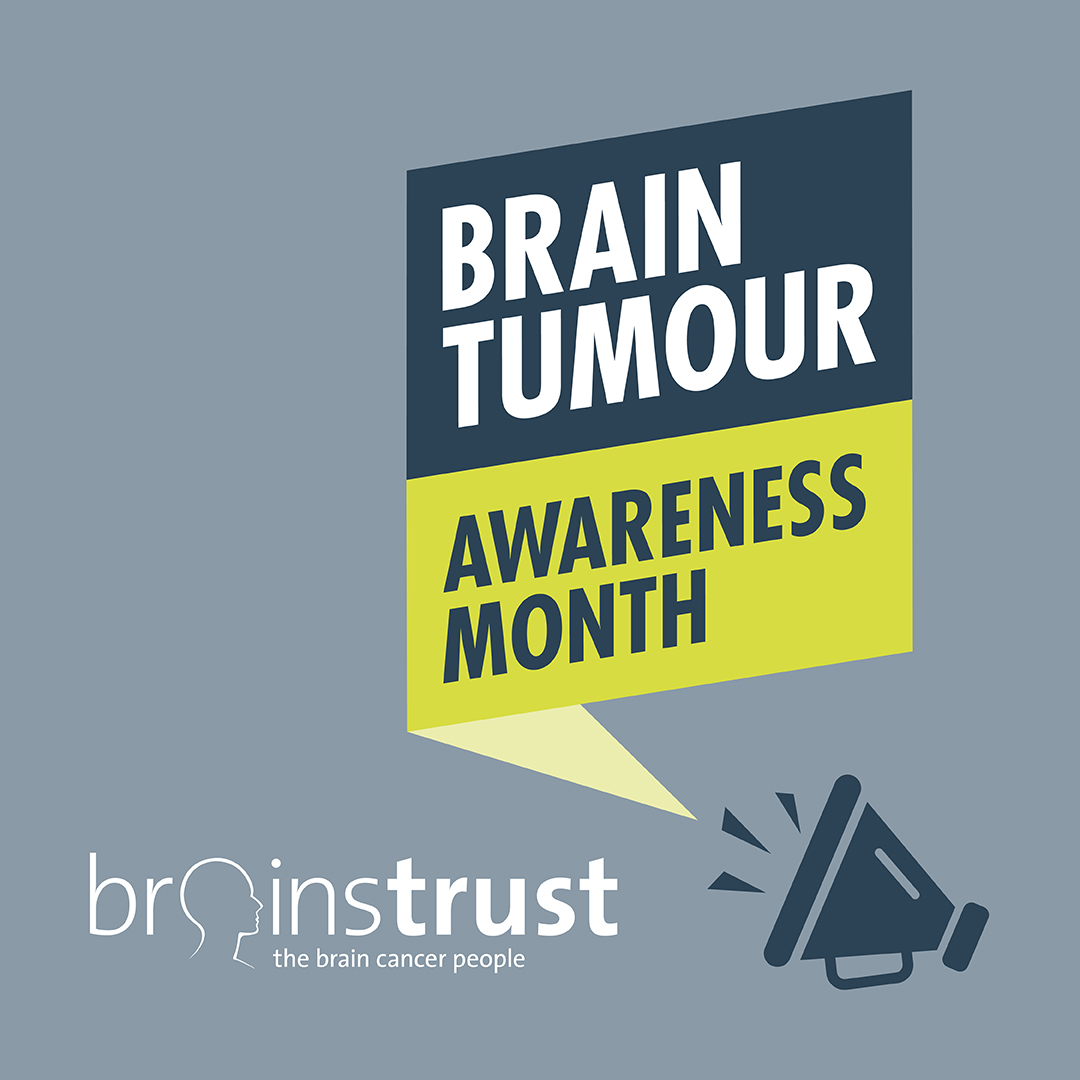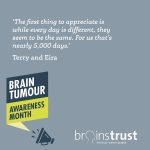For today’s #BTAM2023 takeover we’re sharing Nic’s account of a day in his life living beyond a brain tumour…
I am a previous NGGC Brain Tumour patient – with a relapsed diagnosis in my spine, I have undergone Radio, Chemo and Brain surgery and have now been 6 years clear of cancer. Post-treatment I started Uni which was tough with my ongoing challenges but created so many great memories and experiences that I carry with me today. I now work full-time and wanted to share how life after a brain tumour is not over, that we can perform at our best and can function just as well if not better than others.
 Waking up
Waking up
The mornings are the toughest time for me as I have to fight to get up, but once I do, I make the most out of my day! I hop on the subway and head to the gym for some weights, cardio, and boxing practice. It gets me pumped and energized for the rest of the day.
Working life
Then, it’s off to work in the finance sector where I’m at my desk by 9am. Lunchtime is my favourite part of the day – I love playing ping pong with my co-workers and taking a break from the screen.

Home time!
After work, I head back home and cook dinner with my flatmates. We like to play games, guitar or just hang out and relax. Finally, I try to wind down by 10pm by reading a book and get a good night’s sleep.
 My experience
My experience
It’s not always easy, but I find that sticking to a routine and taking care of my physical and mental health helps me power through the day. I do struggle with multiple issues such as fatigue, physical and mental problems but I try focus on healing and the road to recovery.
 Support brainstrust this Brain Tumour Awareness Campaign, help us give a voice to the all too often silent impact of a brain tumour by sharing these stories far and wide:
Support brainstrust this Brain Tumour Awareness Campaign, help us give a voice to the all too often silent impact of a brain tumour by sharing these stories far and wide:
Facebook | Instagram | Twitter | LinkedIn
We’re fundraising to help us continue our vital services. Every penny raised throughout the month will help ensure that people have the support they need.










